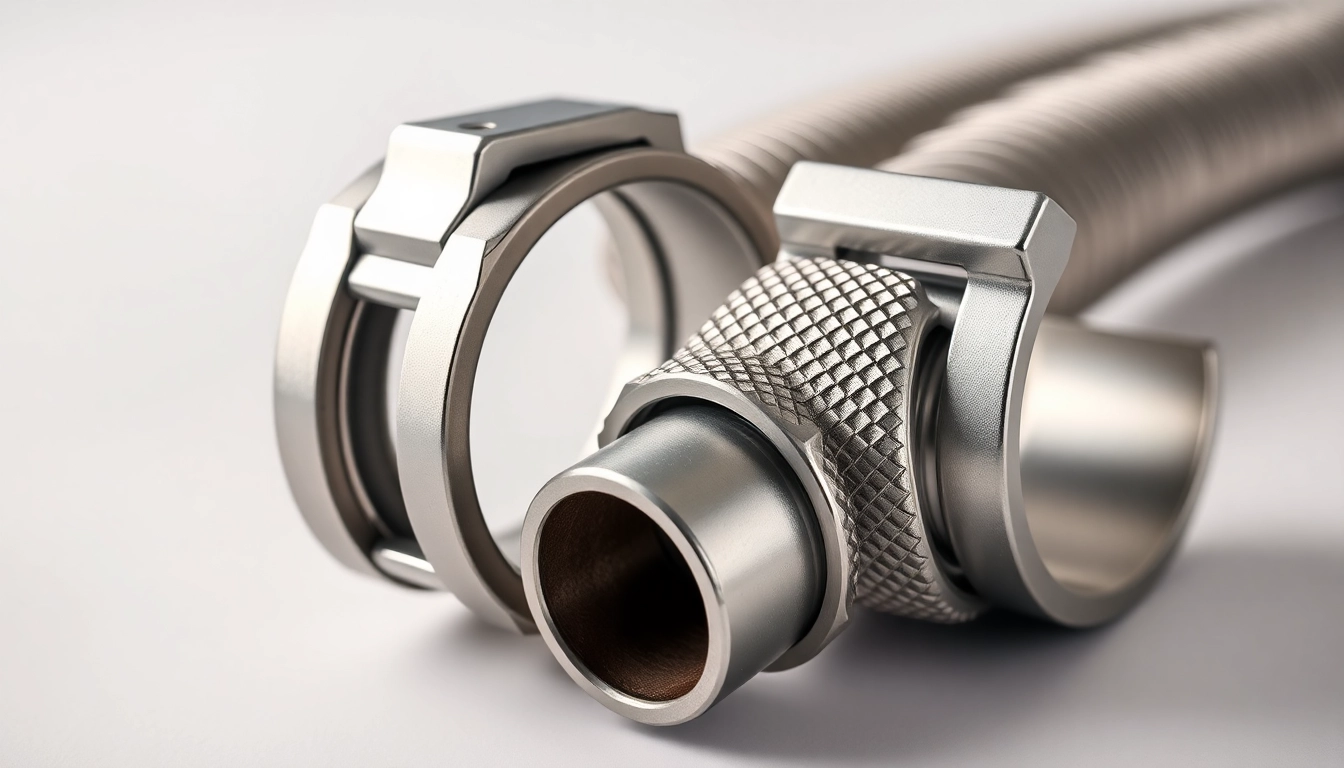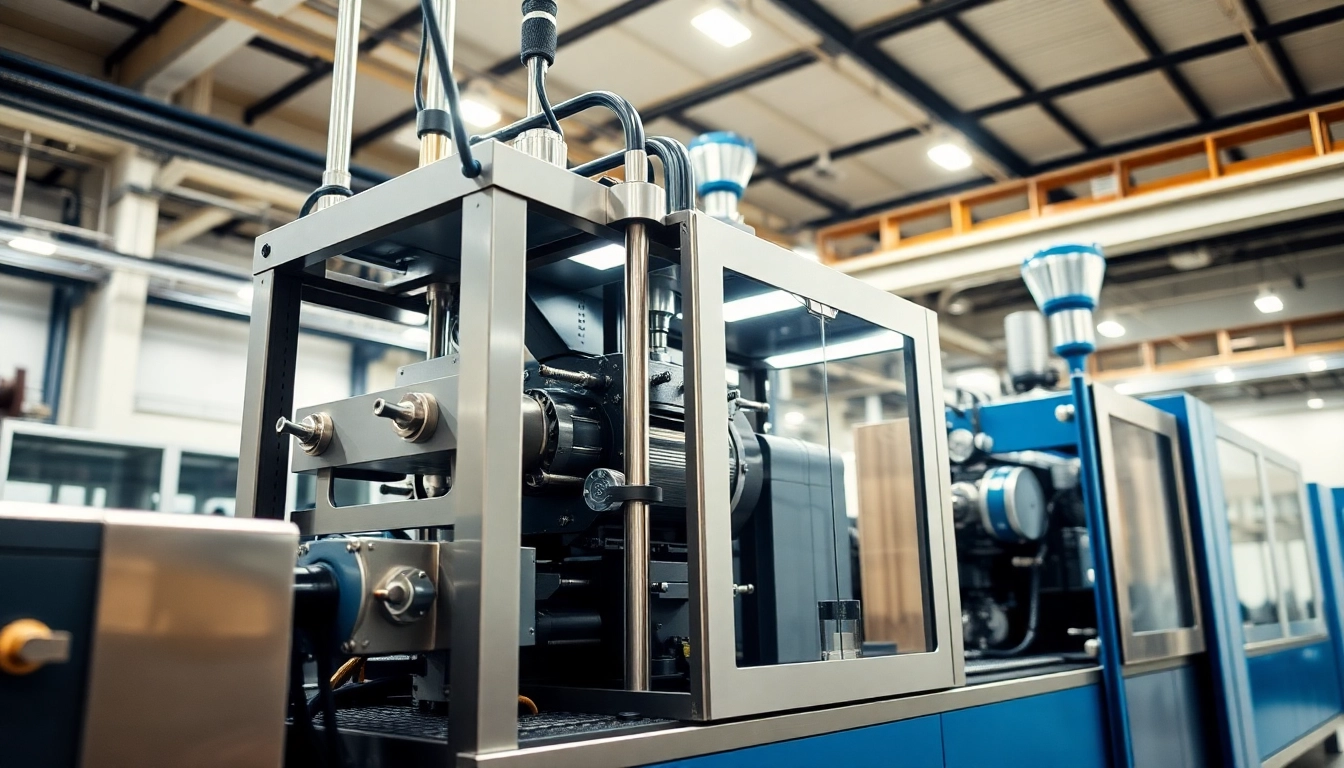Understanding Clamp on Hose Basics
In the realm of industrial applications and plumbing, the significance of clamp on hose systems cannot be overstated. These essential components ensure reliable connections in a variety of setups, from automotive to irrigation and manufacturing. This article delves into the fundamental concepts surrounding clamp on hoses, their types, benefits, and practical usage guidelines.
What is a Clamp on Hose?
A clamp on hose refers to a specialized type of hose fitting that utilizes clamps to secure hoses to pipes or other fittings. This type of mechanism is especially valuable where a strong, leak-proof bond is necessary to facilitate fluid transfer without risk of disconnection or leakage. Typically made from materials like stainless steel or plastic, these hoses can withstand various pressures and environments.
Types of Clamp on Hoses
There are several types of clamp on hoses, each designed for particular applications and environments. The main types include:
- Worm Gear Clamps: These are the most common and are characterized by a stainless steel band and a screw adjustment mechanism, allowing for easy tightening and loosening.
- Spring Clamps: These clamps use spring tension to hold hoses firmly. They are easier to install and remove but may not be as secure as other types under high pressure.
- T-Bolt Clamps: Industrial applications often require T-bolt clamps, which provide a strong hold due to their wider band and bolt mechanism that offers more even pressure distribution.
- Constant Tension Clamps: Designed to accommodate changes in hose diameter due to temperature fluctuations, making them ideal for dynamic environments.
Key Benefits of Using Clamp on Hoses
Utilizing clamp on hoses provides numerous advantages that enhance both efficiency and safety in various applications:
- Leak Prevention: Properly installed clamp on hoses create airtight seals that significantly reduce the chances of leaks.
- Durability: Many clamp on hoses are constructed from corrosion-resistant materials, ensuring long-term use even in harsh environments.
- Ease of Installation: The straightforward design allows for quick assembly and disassembly, making maintenance and repairs significantly easier.
- Versatility: Clamp on hoses can be used in a wide array of applications, from automotive and marine to industrial and agricultural settings, providing flexibility in usage.
Choosing the Right Clamp on Hose for Your Project
Selecting the ideal clamp on hose for your specific needs requires careful consideration of several factors. Understanding these criteria is essential to ensure optimal performance and reliability. Here are key considerations:
Factors to Consider
When choosing a clamp on hose, keep the following factors in mind:
- Pressure Rating: Ensure that the hose can handle the pressure it will be subjected to during use.
- Temperature Resistance: Evaluate the heat tolerance of the hose material—critical in applications involving hot fluids.
- Chemical Compatibility: Ensure that the materials used in both the hose and clamp are suitable for the fluids they will be carrying to prevent degradation.
- Size and Diameter: Measure the inner and outer diameters accurately to ensure proper fitting.
Common Applications of Clamp on Hoses
Clamp on hoses are utilized across various sectors. Some common applications include:
- Automotive: Used in radiator connections, fuel lines, and coolant systems.
- Construction: Essential for fluid transfer in heavy machinery and equipment.
- Agriculture: Vital for irrigation and water transfer systems.
- Marine: Used in boat plumbing and engine cooling systems.
Compatibility with Hose Types
Not all clamps are compatible with every type of hose. Understanding the specific hose materials—such as rubber, vinyl, or silicone—and their respective dimensions is paramount. Worm gear clamps, for instance, are typically used with rubber and PVC hoses, while T-bolt clamps excel with fabric or heavy-duty hoses due to their robust design.
Installation Tips for Clamp on Hoses
Proper installation of clamp on hoses is crucial to their efficiency and longevity. Follow these guidelines to ensure a successful setup:
Step-by-Step Installation Guide
- Prepare the Hose: Cut the hose to the desired length, ensuring a clean, straight cut to ensure a snug fit.
- Slide the Clamp: Place the appropriate clamp over the end of the hose before connecting it to the fitting.
- Position the Hose: Push the hose fully onto the fitting until it is seated properly.
- Tighten the Clamp: Using a screwdriver or socket wrench, tighten the clamp until it is secure but not overly tight, which could damage the hose.
- Check the Sealing: Ensure there are no gaps between the hose and the fitting, and check for leaks after installation.
Tools Needed for Installation
To install clamp on hoses effectively, you may need the following tools:
- Screwdriver or Ratchet Set: For tightening the clamps.
- Measuring Tape: To measure the correct length of hose needed.
- Utility Knife: For cutting the hose cleanly.
Common Mistakes to Avoid
Even with clear steps, mistakes during installation can occur. Avoid these common pitfalls:
- Over-tightening the Clamp: This can lead to damage or deformation of the hose, resulting in potential leaks.
- Using Incompatible Materials: Ensure compatibility between the clamp, hose, and the substance being transported.
- Skipping Pre-installation Checks: Always inspect hoses for wear and proper sizing before installation to avoid future issues.
Maintenance and Care for Clamp on Hoses
Maintaining your clamp on hoses is crucial for their longevity and performance. Regular checks and proactive care can prevent unexpected failures.
How to Clean and Inspect
Cleaning and inspecting your clamp on hoses is essential. Regularly examine for signs of wear, cracks, or leaks. Cleaning should involve:
- Removing Debris: Clear any residue from fittings and hose surfaces.
- Washing with Mild Detergent: Use a damp cloth and mild soapy solution for cleansing the surface of the hoses and fittings.
- Drying Thoroughly: Make sure the hoses are completely dry before resealing to prevent corrosion.
Repairing Common Issues
If issues arise, knowing how to handle them can save time and expense:
- Leaking Connections: Tighten the clamp, and if leaking persists, check for hose damage and replace if necessary.
- Heating Issues: If a hose is subject to overheating, consider using a high-temperature-rated hose or relocating the clamp for better airflow.
Signs Your Clamp on Hose Needs Replacement
Key indicators that a hose may need replacement include:
- Visible cracks or wear in the hose material.
- A persistent leak that tightening does not fix.
- Signs of corrosion on the clamps or connections.
Comparing Popular Clamp on Hose Brands
When selecting a clamp on hose, considering the brand can be significant. Different brands may offer unique features or advantages that can influence your decision. Here’s a closer look:
Feature Highlights of Leading Brands
Some of the leading brands in the clamp on hose market include:
- Everbilt: Known for high-quality stainless steel clamps suitable for both consumer and industrial applications.
- RaceFlux: Offers customizable hose clamp kits for racing applications, providing flexibility and performance.
- McMaster-Carr: A large selection of hose clamps across many specialties, renowned for their compliance with industrial standards.
User Reviews and Ratings
Feedback from users can offer insight into each brand’s reliability and performance. Customers often highlight:
- The ease of installation and adjustment of the clamps.
- The longevity of materials against corrosion and wear.
- Overall value for money across different applications.
Price vs. Performance Analysis
While premium brands may command higher prices, they often provide enhanced performance and reliability. It’s essential to weigh the cost against the expected return on investment—considering factors like durability, warranty, and brand reputation.


